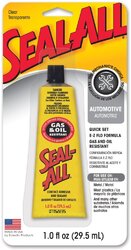I have a plastic gas tank with a couple crack in the center of a flat spot.
How have you repaired it / can it be repaired?
Is there a tape like duct tape I can use?
How have you repaired it / can it be repaired?
Is there a tape like duct tape I can use?





